Venous Disease Treatment
Request Appointment
Hero Request Form
Effective Venous Disease Treatments by Premier Vein Services
Premier Vein Services, Dr. Yeshwant Phadke specializes in providing advanced venous disease treatments to patients in Indiana, PA and the Southwest Pennsylvania region. With over 30 years of experience and access to state-of-the-art technology, we offer a range of treatments to meet your specific needs.
Whether you're dealing with superficial varicose veins or chronic venous insufficiency, our expert team is here to help. Contact us today to learn more about our treatments.
When to Reach Out for Professional Venous Disease Treatments
Knowing when to seek professional treatment for venous disease can be crucial to your health and comfort. If you're experiencing any of the following symptoms, it might be time to see us:
- Persistent leg pain or heaviness
- Swelling in your lower legs
- Visible varicose veins
- Skin discoloration around your ankles
- Restless legs, especially at night
- Ulcers or sores that won't heal
If any of these symptoms sound familiar, get in touch with us to discuss your options for venous disease treatments.
Why Choose Premier Vein Services
Our clinic stands out for several compelling reasons. Here are a few benefits that make us the ideal choice for venous disease treatments:
- Free vein screenings
- Access to the latest vein treatments
- Hundreds of satisfied patients
- Expertise from a Registered Phlebology Sonographer
- Acceptance of most major insurance plans
Contact us to take advantage of these exceptional benefits.
Learn More About Our Venous Treatments
Please read on to learn more about the venous disease treatments we offer. If you have any questions, don't hesitate to
contact us.
Reviews
VenaSeal®
The VenaSeal® Sapheon Closure System eliminates superficial varicose veins that cause these symptoms. To use the system, our trained vein care professional inserts a catheter directly into the diseased vein and injects the VenaSeal® adhesive, which is a clear gel that polymerizes into a solid substance. Ultrasound imaging is used to ensure proper placement of the catheter and gel. When the vein is sealed shut, blood is naturally rerouted by the body through healthier veins in the area.
With this new system, there is no need for sclerosants, lasers, radio frequency waves, skin cutting, or “vein stripping.” This allows patients to return to their usual activities quickly, with less bruising, and with a reduced risk of nerve injury as can sometimes occur with heat-based procedures. Some side effects may occur, such as tingling or vein inflammation (phlebitis), as occur with most vein treatment procedures. The FDA reviewed the safety and efficacy data on the VenaSeal® system and found it to be safe and effective for the treatment of superficial varicose veins of the legs.
ClosureFast™ Procedure
The ClosureFast™ procedure uses radiofrequency energy to precisely and effectively treat patients suffering from chronic venous insufficiency (CVI). The vein is accessed percutaneously through a small incision in the ankle. A catheter is introduced into the vein through this small incision. The catheter delivers radiofrequency energy to the vein wall, causing it to heat, collapse, and seal shut.
Once the diseased vein is closed, other healthy veins take over and empty blood from your legs. As normal return flow is reestablished, your symptoms should improve considerably.
Ambulatory Phlebectomy
Ambulatory phlebectomy is a procedure done in the office to remove small varicose veins. This procedure is typically only necessary if the veins are not amenable to either endovenous ablation or sclerotherapy. The varicose vein may be in a location that is not treatable by endovenous ablation, and sometimes the vein is too large to be treated with just sclerotherapy.
This procedure is performed in the office using local anesthesia. Small incisions are made in the area of the vein, and then a special hook tool is used to remove the vein. The incision is closed, and bandages are applied.
Sclerotherapy
Sclerotherapy is a popular method of eliminating varicose veins and spider veins in which a solution, called a sclerosing agent, is injected into the veins. The sclerosing agent irritates the inside of the vein, causing the blood to clot and the vein to scar. The body is then able to find alternate pathways for your blood to return to your heart. The scarred vein is absorbed by the body, eliminating the painful or unsightly superficial veins.
The number of treatments needed to clear or improve the condition differs from patient to patient and depends on the extent of varicose and spider veins present. One to six treatments may be needed, with an average of three to four treatments.
Endovenous Laser Ablation
Endovenous laser varicose vein surgery is a procedure that uses heat from a laser to reduce varicose veins. Varicose veins are swollen, bulging veins that often happen on the thighs or calves. A laser is a device that sends a thin beam of radiation in the form of light.
Laser surgery closes and shrinks the varicose vein and causes scar tissue within the vessel. This seals off the vein. Blood then flows through other nearby veins instead.
Varithena®
Dr. Phadke administers a small amount of Varithena. The Varithena microfoam fills the desired section of the vein and treats the vein wall, causing the diseased vein to collapse. Blood flow is redirected to healthier nearby veins. The microfoam disperses as it comes into contact with blood in healthy veins. Dr. Phadke will use the same process on any other veins that need treatment.
Before and After Results
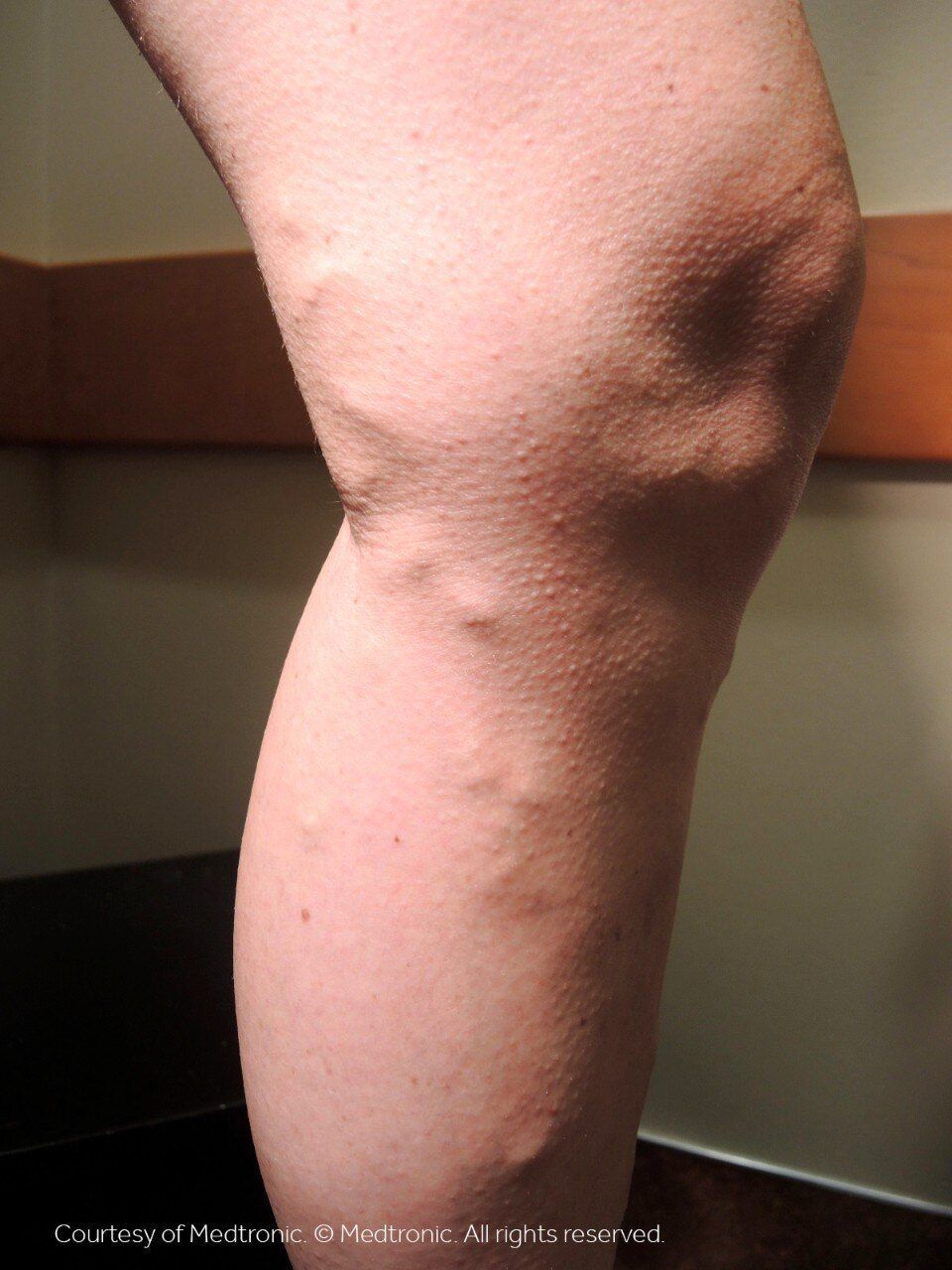
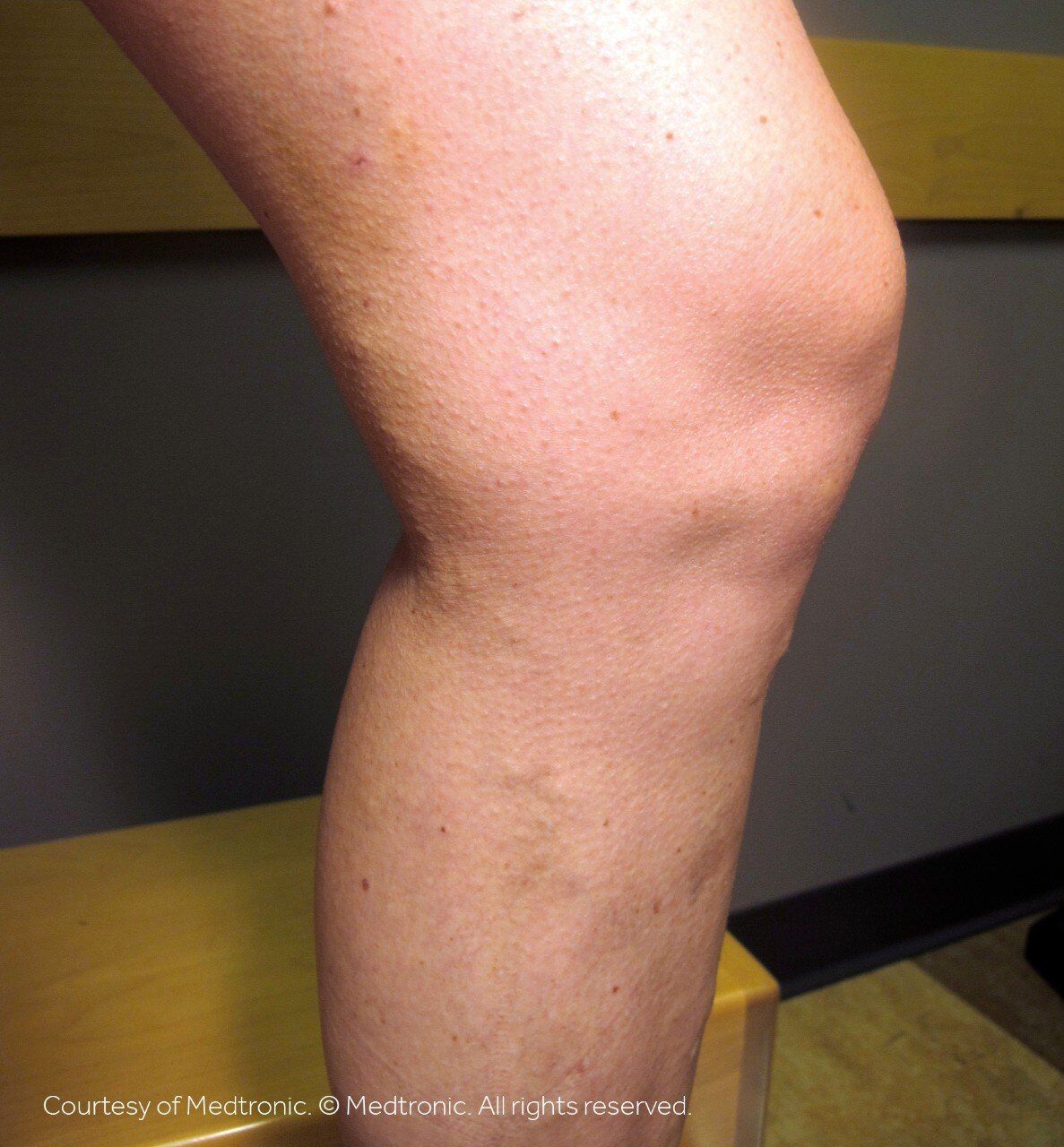
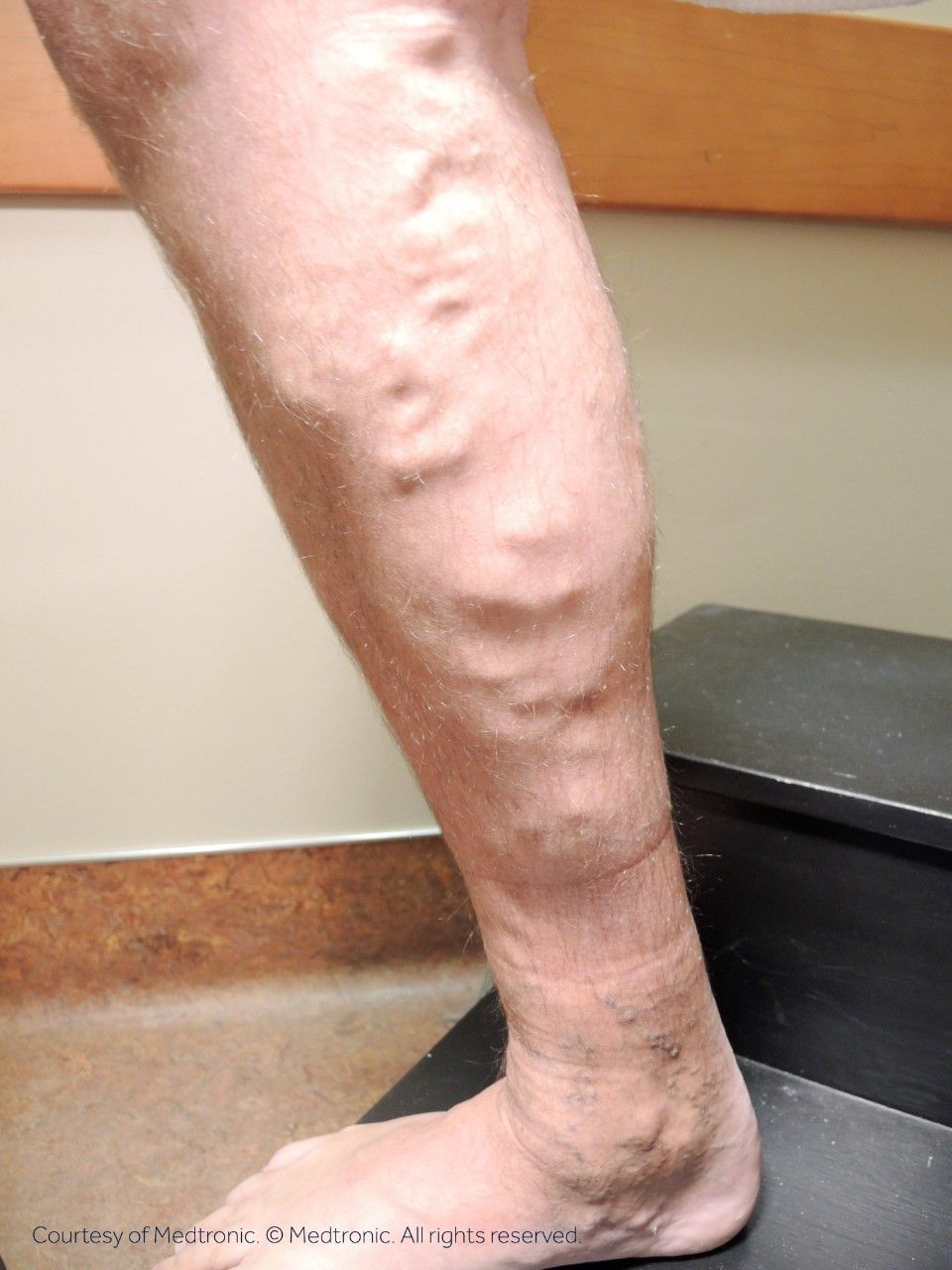
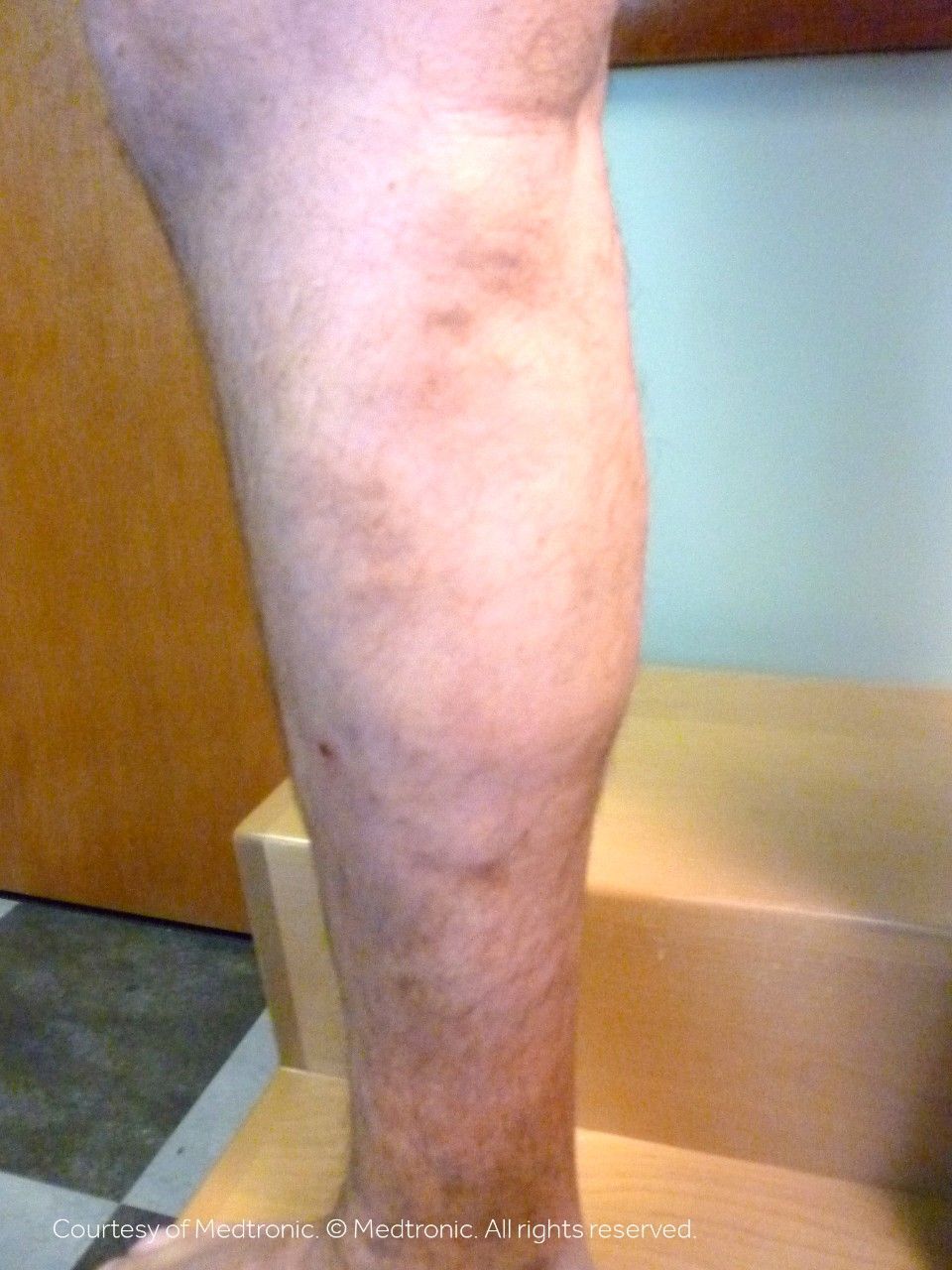
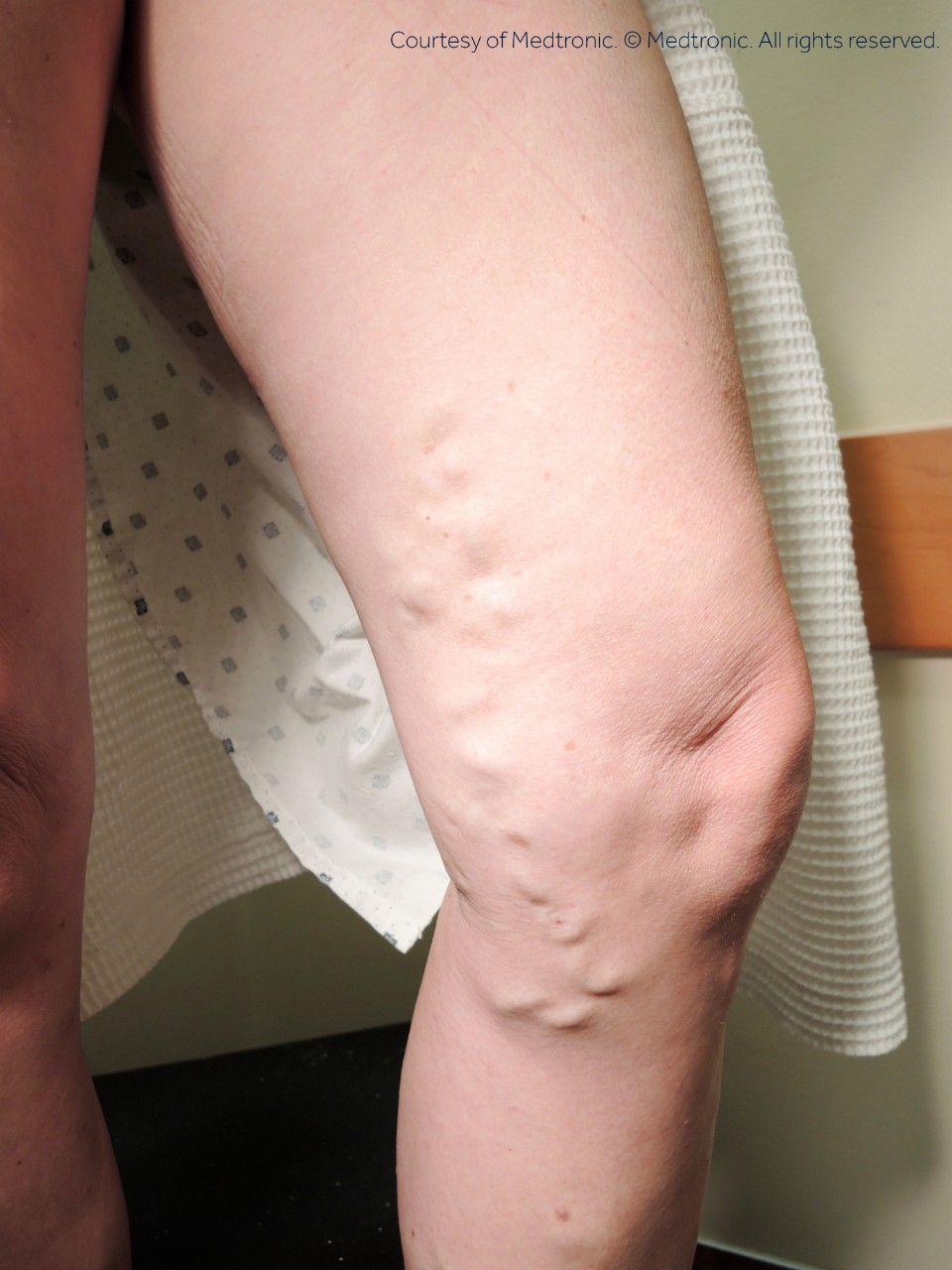

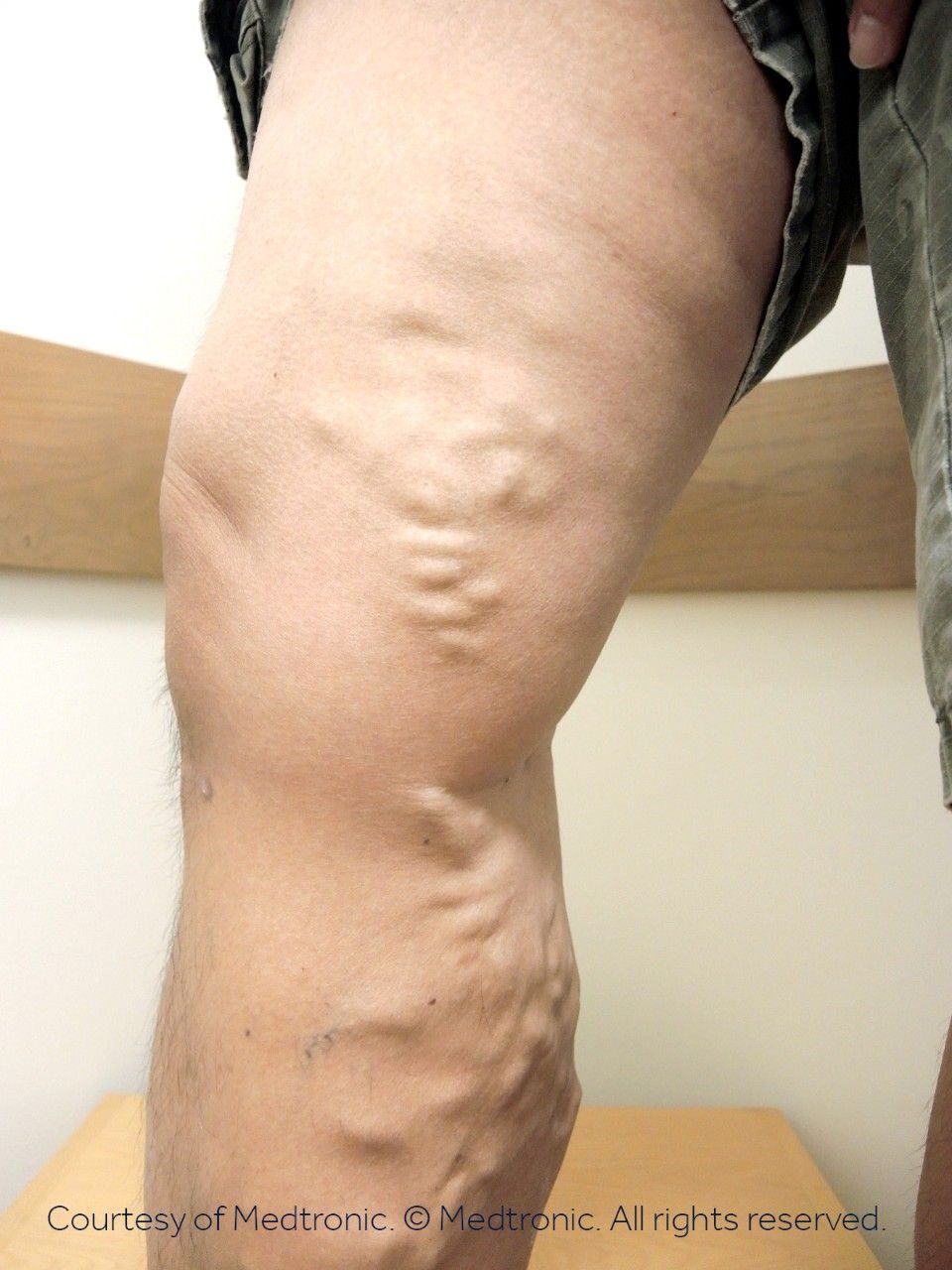
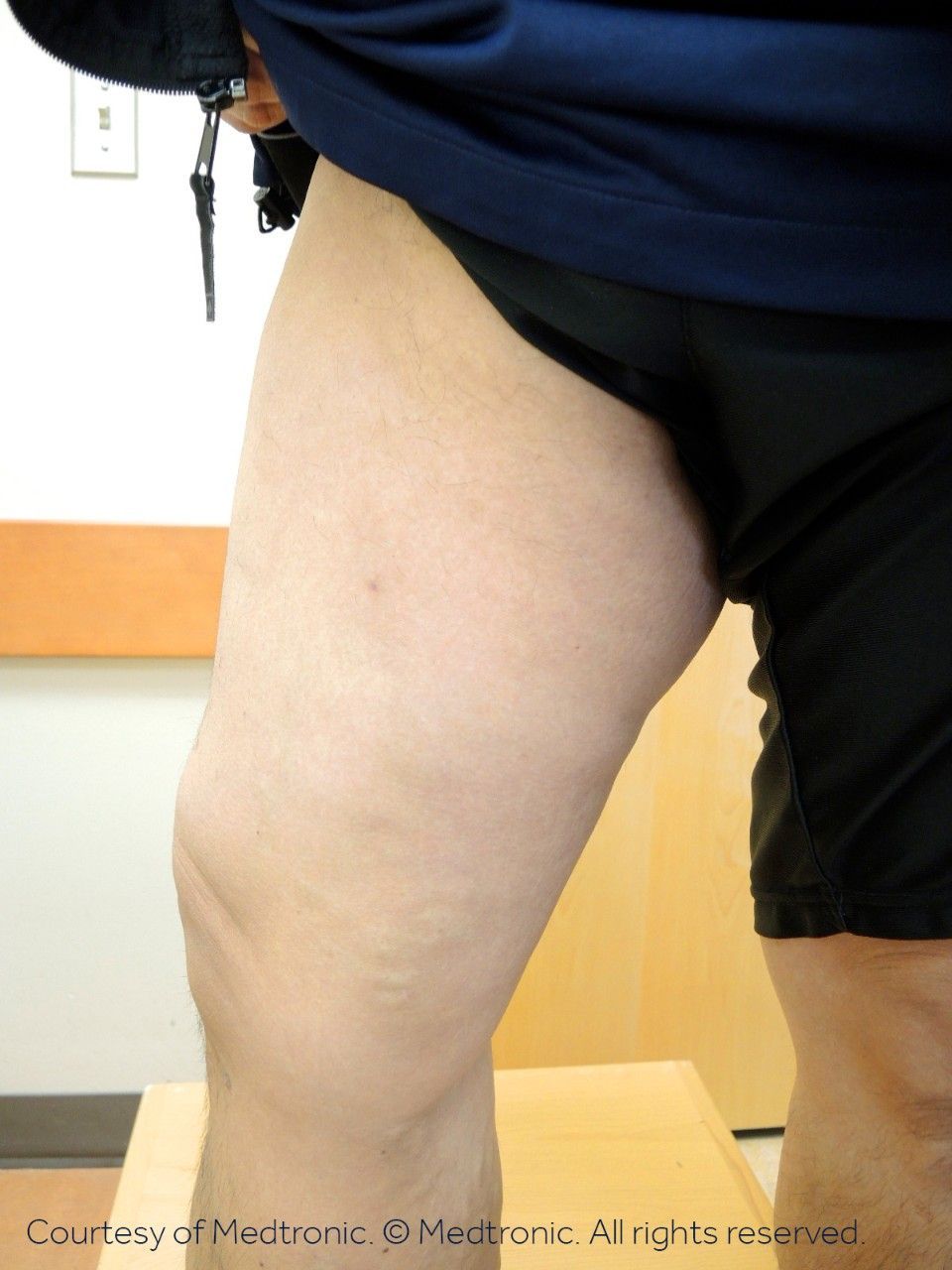
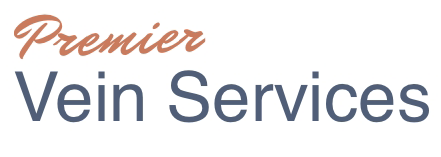
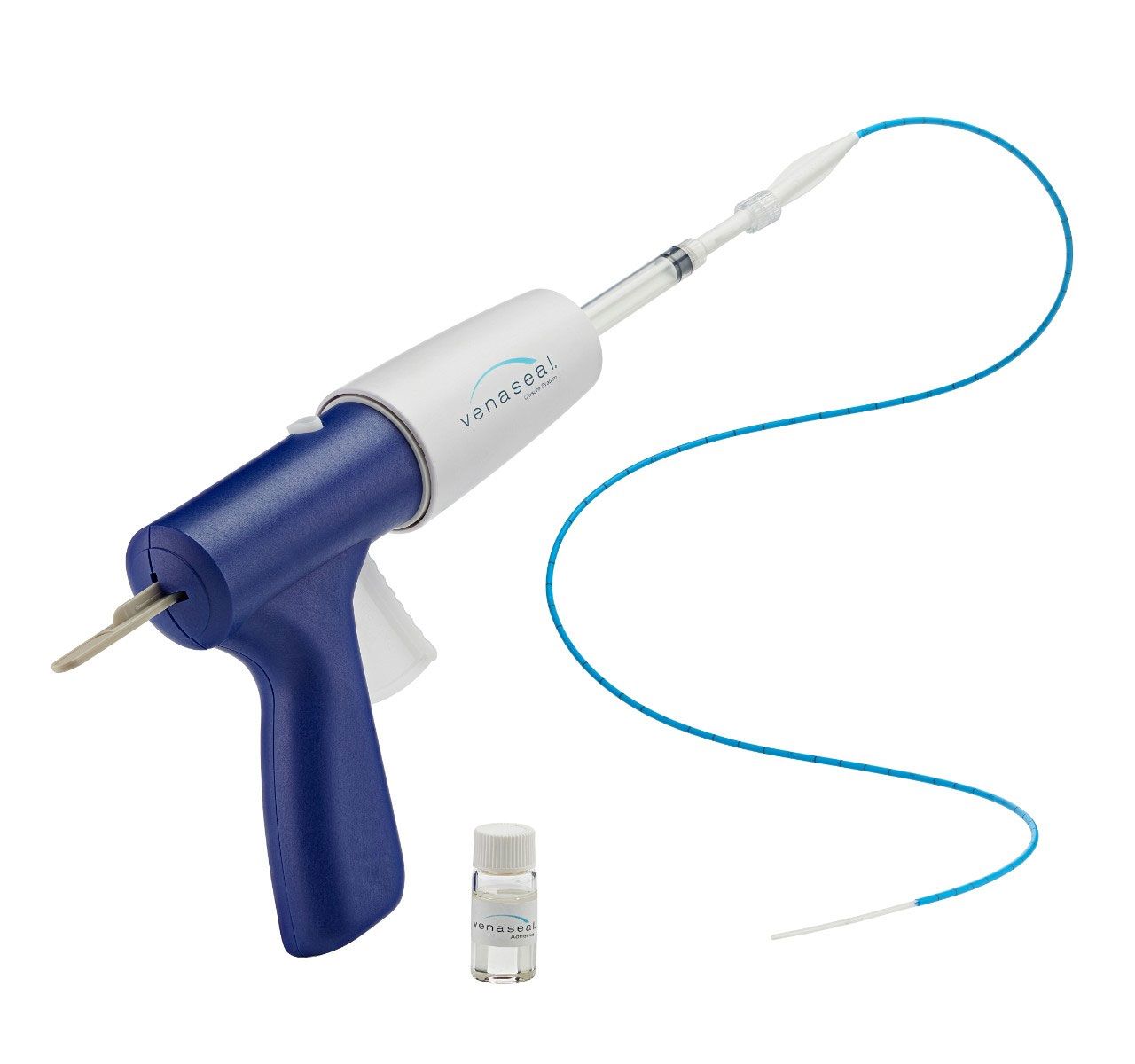
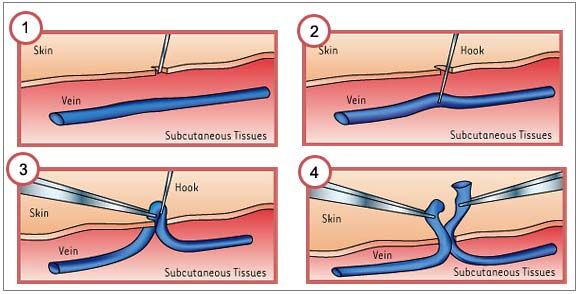
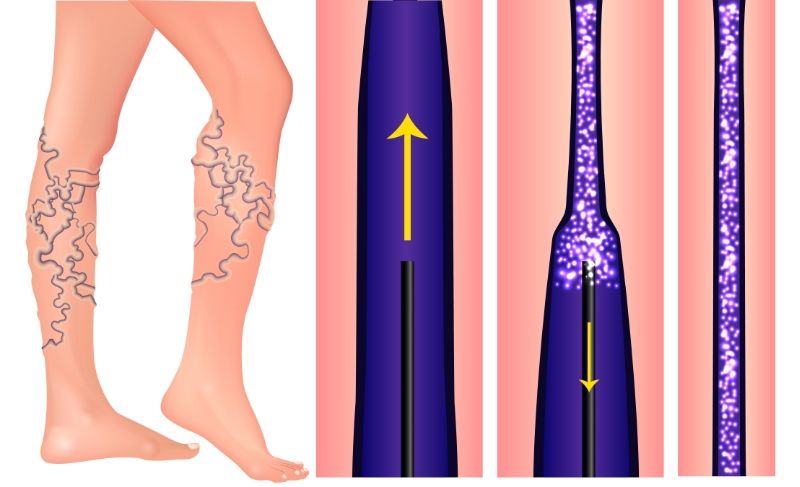
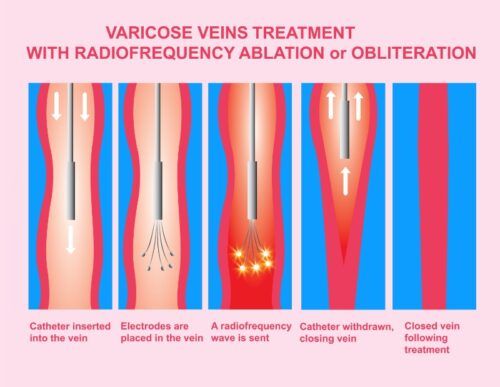
Share On: